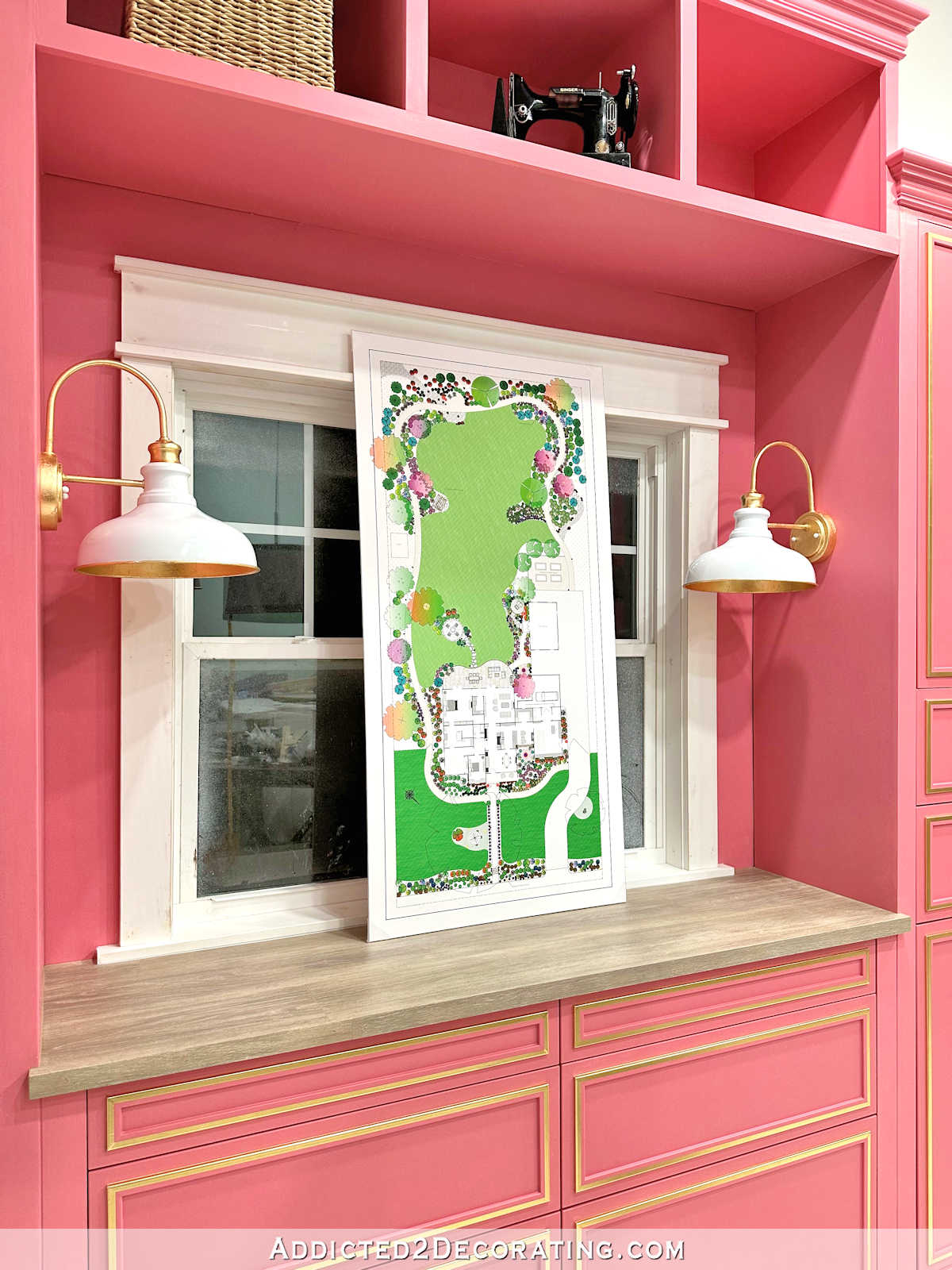
Last Updated on March 29, 2024 by Kimberly Crawford
A wheelbarrow is a staple, a must-have tool in any garden that lets you move heavy loads quickly. It can move large shrubs, rocks, soil, and other materials from one place to another and dispose of garden debris, so it’s fair to say it’s an essential item in your toolset.
Choosing the right one is critical as it can either make your backyard work easier or add to your list of worries. Before getting one, considering things like the capacity, right wheel type, used materials, and other features will allow you to choose a wheelbarrow that makes your backyard work much more enjoyable.
Let’s dig in and see how you can create an inviting backyard with the help of a wheelbarrow.

Assess Your Needs
Knowing what you need is definitely at the top of the list. It’s easy to choose a wheelbarrow if you know the type of tasks you’ll be using it for, the size and weight of loads or materials you typically handle in your garden, and the terrain and maneuverability requirements of your space.
For example, a sturdy, high-capacity wheelbarrow will be the right fit if you plan to move heavy loads of soil or rocks. While moving sensitive plants or anything that should stay level during transport would be easier with a wheelbarrow that features a flatbed design.
Different types of wheelbarrow wheels are designed to suit specific terrain and maneuverability needs. Aspects like the soil’s porosity and level will determine the type of wheels you’ll need.
There are two most common types of wheelbarrow wheels: pneumatic and solid (flat-free). Pneumatic wheels are filled with air and provide a good shock absorption due to the air inside. However, they might fail when you have a terrain with sharp rocks and rough edges.
Flat-free wheels are constructed from solid rubber, making them highly durable and able to withstand various surfaces without the risk of punctures. They offer reliability across different terrains.
Understand Wheelbarrow Types

Once you already know what your needs are in your garden, you must also take some time to understand the various types of wheelbarrows:
- Traditional wheelbarrows
- Two-wheeled wheelbarrows
- Specialty wheelbarrows
First, the traditional wheelbarrow, which you’ve likely come across before. Yes, it’s the type with a single wheel at the front and two handles at the back. If you need a type that works well with maneuvering in tight spots or on uneven ground, then get this type because it is usually light and easy to lift.
However, the drawback is that traditional wheelbarrows can’t handle as much weight as the other types. Also, they can get wobbly or tipped when carrying heavy or uneven loads, sometimes requiring more effort to steer and control.
Next is the two-wheeled wheelbarrow, which is straightforward in design. As the name suggests, it features two wheels at the front instead of the usual one, which provides enhanced stability and more even weight distribution. These models typically have a larger tray or bed for heavier loads.
Nevertheless, due to their larger size and bulkier build, two-wheeled wheelbarrows can be challenging to maneuver in tight spaces. Additionally, they often come with a higher price tag than traditional wheelbarrows.
Specialty wheelbarrows may include features designed for specific tasks or terrain conditions. Examples of these features are flatbed designs or dumping mechanisms for easy unloading. These features make specialty wheelbarrows more versatile and functional compared to other types. The downside is that this type may be more expensive than traditional or two-wheeled wheelbarrows, and their availability may be limited.
Consider Materials and Durability
Do you want a sturdy tool that will last for your garden needs? If so, consider materials and durability when choosing a wheelbarrow. Different wheelbarrow materials, such as steel, polyethylene, and wood, have their own strengths and weaknesses that must be considered in your selection process.
Steel wheelbarrows are a winner when it comes to withstanding the test of time and heavy loads. Their main advantage over any other metal type is that they are resistant to rust and corrosion and do not bend, break, or splinter. All of these make them suitable for demanding tasks not only in gardening but also in construction.
Polyethylene wheelbarrows are similar to steel because they are also resistant to rust, corrosion, and weather damage. However, they may not be as strong as steel wheelbarrows and may have limited capacity for heavy loads or rough handling. Polyethylene types can also be prone to cracking or breaking if subjected to extreme temperatures or impact.
Although mainly used for aesthetic purposes or as planters for storage, wooden wheelbarrows can be used for light to medium tasks. They can vary in durability depending on the type of wood used and the construction quality. In general, you can repair or refurbish this type easily if damaged.
Consider ergonomics
With an emphasis on user comfort and safety, acknowledging ergonomics in equipment selection is equally crucial. In the case of a wheelbarrow, this means incorporating features like padded handles, adjustable heights, and balanced weight distribution to reduce strain and fatigue during extended use.
Given their improved stability and control, you can easily maneuver an ergonomic wheelbarrow in confined spaces and decrease the likelihood of injuries, such as back strain and muscle fatigue.
Make Your Decision
Are you ready to pick out the right wheelbarrow now? Remember to take into account your specific needs, evaluate the different wheelbarrow types, assess the materials and durability of each option, and prioritize ergonomics before choosing one. With these factors in mind, you can confidently choose the ideal wheelbarrow for your gardening needs.











